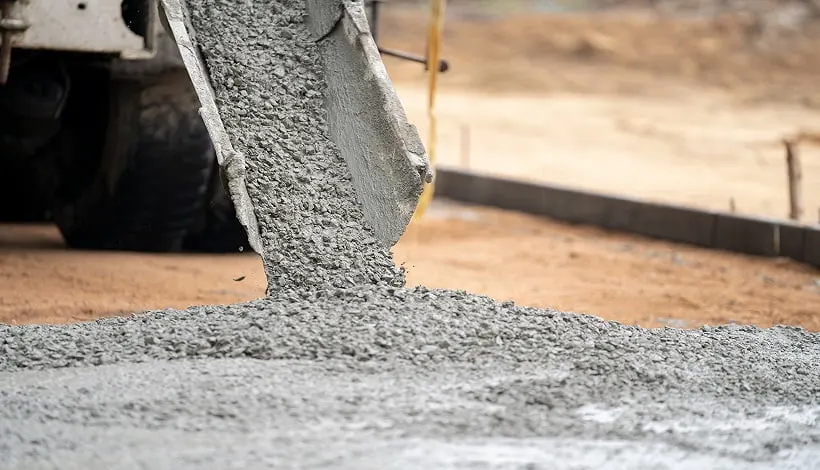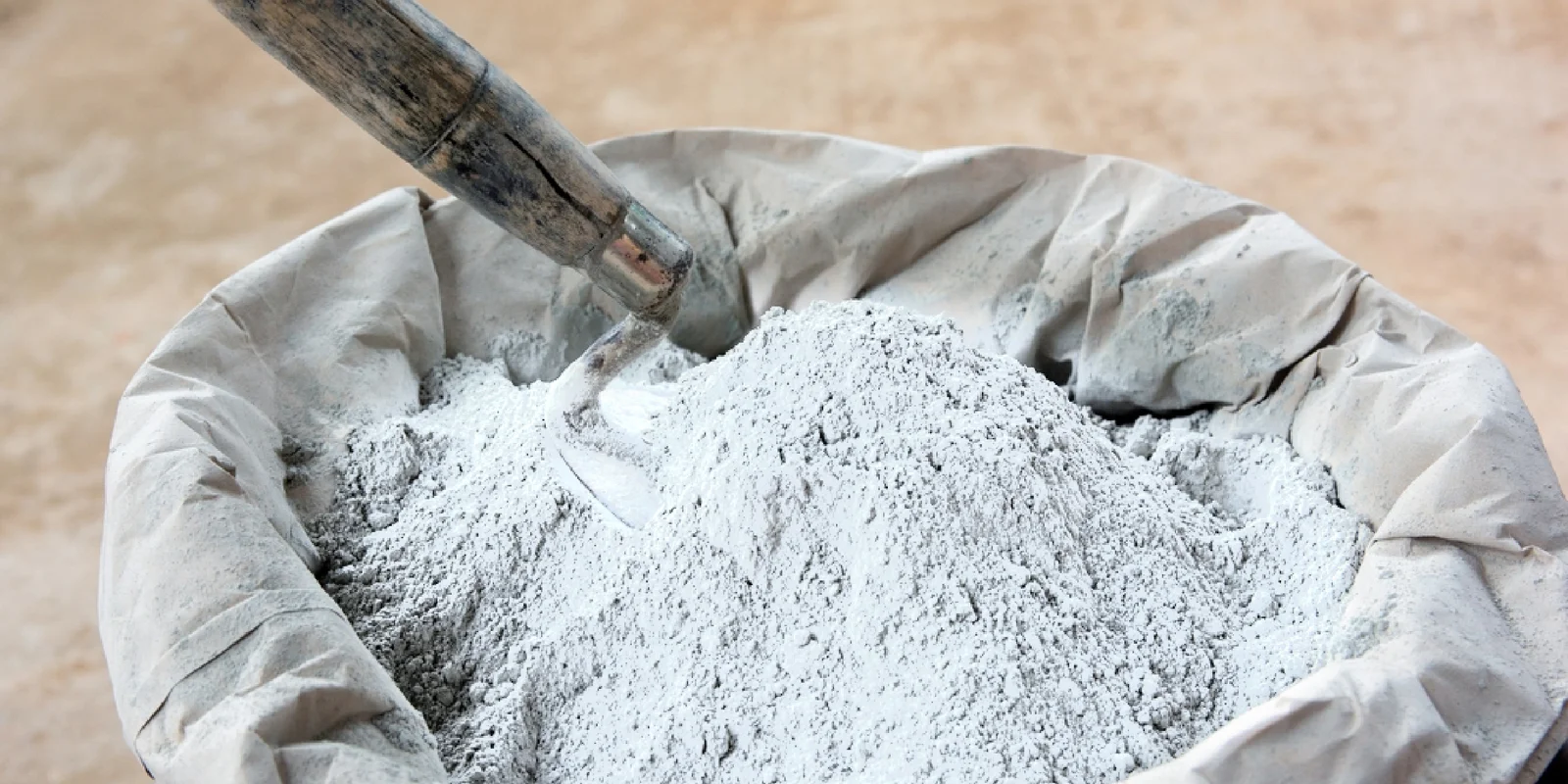Table of Content
- What is M20 Grade Concrete?
- Understanding Concrete Grades and Strength
- M20 Grade Concrete Mix Ratio
- How to Calculate Cement, Sand, and Aggregate for M20 Concrete
- Common Uses of M20 Grade Concrete
- Water-Cement Ratio in M20 Grade Concrete
- M20 Grade Concrete vs M25 Grade Concrete
- Advantages of Using M20 Grade Concrete
- Tips for Achieving the Best Results with M20 Concrete
- Conclusion
Concrete is the foundation of modern construction quite literally. Whether you’re building a residential home, a commercial block, or a simple boundary wall, the strength and durability of your structure depend on choosing the right concrete grade. Among all, M20 Grade Concrete remains one of the most widely used in India for residential and small-scale infrastructure projects.
In this article, we’ll explore what M20 Grade Concrete is, its mix ratio, strength, uses, and why it’s the go-to choice for builders and homeowners alike.
What is M20 Grade Concrete?
The “M” in M20 Grade Concrete stands for Mix, while the number “20” represents its compressive strength measured as 20 Megapascals (MPa) after 28 days of curing.
In simple terms, it means that when a standard cube of this concrete is tested after 28 days, it can withstand a pressure of 20 MPa before failing.
This balance of moderate strength and good workability makes M20 concrete ideal for RCC (Reinforced Cement Concrete) work in homes, low-rise apartments, and general-purpose construction.
Also Read: Choosing the Best Cement for Construction: Types and Usage
Understanding Concrete Grades and Strength
Concrete grades indicate the minimum compressive strength of a concrete mix after it’s fully cured. The strength is measured in MPa (Megapascals) — a unit that tells us how much load the concrete can handle per square metre.
Different grades like M10, M15, M20, M25, and M30 are used for different purposes:
- M10 & M15: Used for non-structural work like leveling and pathways.
- M20: Suitable for reinforced concrete in residential buildings.
- M25 & Above: Used for heavy-load structures such as bridges, high-rises, and industrial floors.
Thus, M20 Grade Concrete offers a great balance between strength and cost, making it the standard choice for medium-load-bearing structures.
M20 Grade Concrete Mix Ratio
The nominal mix ratio for M20 concrete is 1:1.5:3, where:
- 1 part cement
- 1.5 parts sand (fine aggregate)
- 3 parts coarse aggregate (gravel or crushed stone)
This proportion ensures a strong and cohesive mix for most RCC works.
The water-cement ratio for M20 concrete usually ranges between 0.45 to 0.60, depending on workability requirements.
Maintaining the correct ratio is essential too much water can weaken the mix, while too little can make it unworkable.
How to Calculate Cement, Sand, and Aggregate for M20 Concrete
Let’s calculate the quantities for 1 cubic metre of M20 concrete.
Step 1: Determine Total Parts in the Mix
1 (cement) + 1.5 (sand) + 3 (aggregate) = 5.5 parts
Step 2: Divide Volume by Total Parts
- Cement: 1/5.5 = 0.182 m³
- Sand: 1.5/5.5 = 0.273 m³
- Aggregate: 3/5.5 = 0.545 m³
Step 3: Convert to Bags/Weight
1 cubic metre of cement = 28.8 bags (50 kg each).
So, cement required = 0.182 × 28.8 = 5.24 bags approximately.
You can scale up or down based on the required concrete volume.
Always ensure thorough mixing and proper curing to achieve consistent strength.
Common Uses of M20 Grade Concrete
Owing to its versatility, M20 Grade Concrete is widely used in:
- RCC slabs, beams, and columns
- Staircases and lintels
- Boundary and retaining walls
- Driveways and pavements
- RCC tanks, pipes, and small water-retaining structures
It’s the preferred grade for general-purpose RCC construction in residential and low-rise commercial projects.
Water-Cement Ratio in M20 Grade Concrete
The water-cement ratio plays a vital role in determining the strength, workability, and durability of concrete.
- Too much water → weakens the concrete and causes cracks.
- Too little water → makes it hard to mix and compact.
For M20 Grade Concrete, the ideal range is 0.45 to 0.50.
Always conduct a slump test to check consistency on-site. A slump between 75 mm and 100 mm usually indicates good workability.
M20 Grade Concrete vs M25 Grade Concrete
|
Parameter |
M20 Grade Concrete |
M25 Grade Concrete |
|
Compressive Strength |
20 MPa |
25 MPa |
|
Mix Ratio |
1:1.5:3 |
1:1:2 |
|
Usage |
Residential, RCC slabs |
High-rise and heavy structures |
|
Cost |
Lower |
Higher |
|
Durability |
Good |
Excellent |
While M25 offers more strength, M20 remains popular for general housing because it provides reliable performance at a lower cost.
Also Read: Sustainable and Cost-Effective Alternatives to Cement in India for Construction
Advantages of Using M20 Grade Concrete
- Durability: Performs well under normal conditions with proper curing.
- Cost-Effective: Cheaper than higher grades, ideal for mass usage.
- Workability: Easy to mix, pour, and finish.
- Versatility: Suitable for most residential and medium-load RCC applications.
- Proven Strength: Meets the standard strength requirement for structural stability.
Tips for Achieving the Best Results with M20 Concrete
- Use fresh, high-quality cement and clean aggregates.
- Maintain a consistent mix ratio and water-cement balance.
- Cure the concrete for at least 7–14 days to gain desired strength.
- Avoid over-vibration during compaction it may cause segregation.
- Always perform a compression cube test to verify the 7-day and 28-day strength.
Conclusion
M20 Grade Concrete continues to be the backbone of residential and mid-scale construction in India. Its ideal mix of strength, workability, and cost-efficiency makes it suitable for everything from RCC slabs to beams and columns.
By following the correct mix ratio, water-cement proportion, and curing practices, builders and homeowners can ensure durable, long-lasting structures.
In short, M20 Grade Concrete remains the most trusted choice for safe, economical, and high-quality construction.













Ans 1. The “M” in M20 stands for Mix, and the number “20” indicates the concrete’s compressive strength of 20 MPa (Megapascals) after 28 days of curing.
Ans 2. The nominal mix ratio for M20 Grade Concrete is 1:1.5:3, which means 1 part cement, 1.5 parts sand, and 3 parts coarse aggregate (gravel or crushed stone).
Ans 3. The recommended water-cement ratio for M20 concrete ranges between 0.45 and 0.50, depending on workability and environmental conditions.
Ans 4. M20 is widely used in residential buildings, RCC slabs, beams, columns, staircases, lintels, boundary walls, and driveways.
Ans 5. After 28 days of curing, M20 Grade Concrete achieves a compressive strength of 20 MPa, which equals about 200 kg/cm².
Ans 6. For 1 cubic metre of M20 concrete, approximately 5.2 bags of cement (50 kg each) are required when using the 1:1.5:3 mix ratio.
Ans 7. M25 concrete has a higher compressive strength (25 MPa) and uses a richer mix ratio (1:1:2). M20 is more cost-effective and ideal for residential and medium-load structures, while M25 suits high-rise and heavy-load applications.